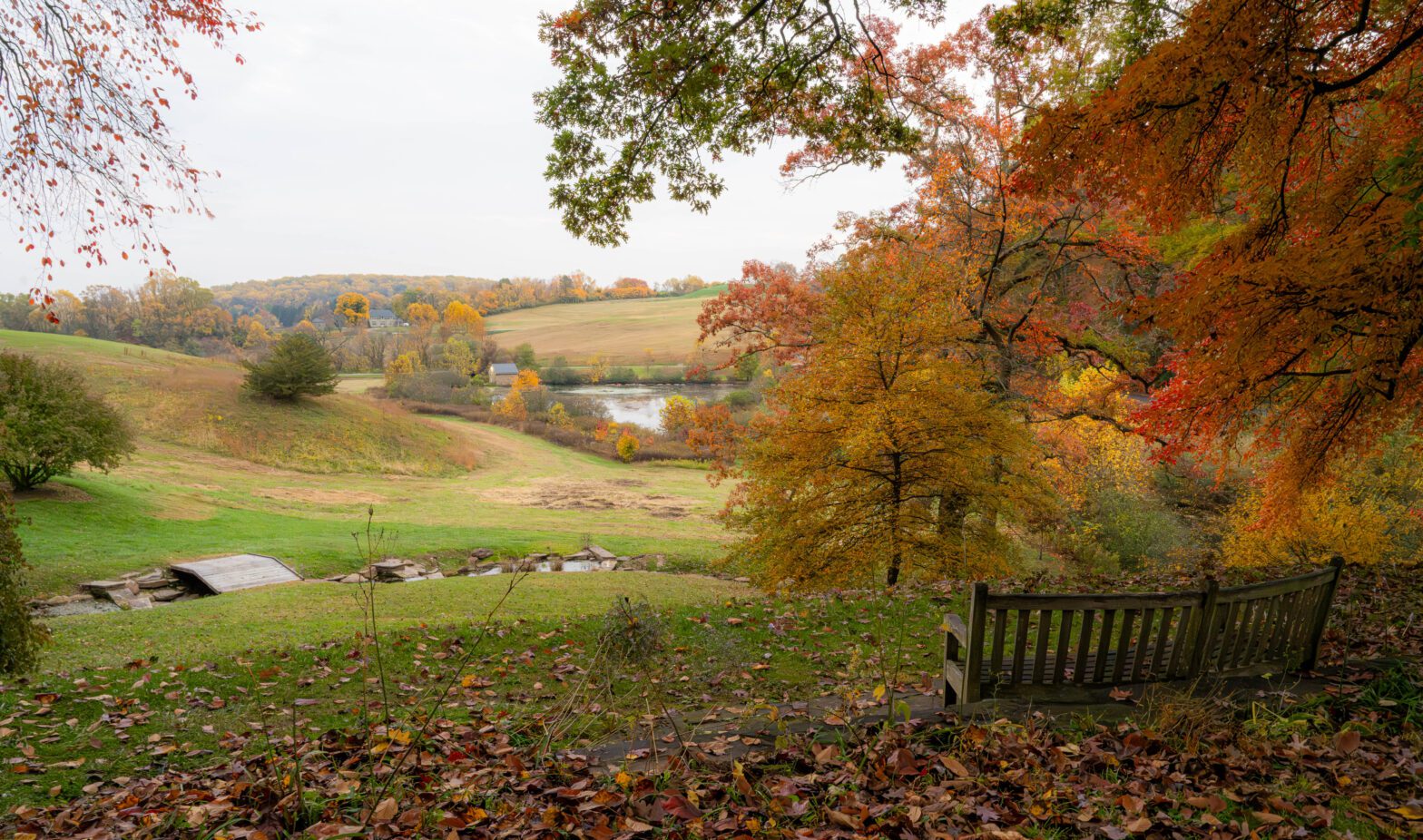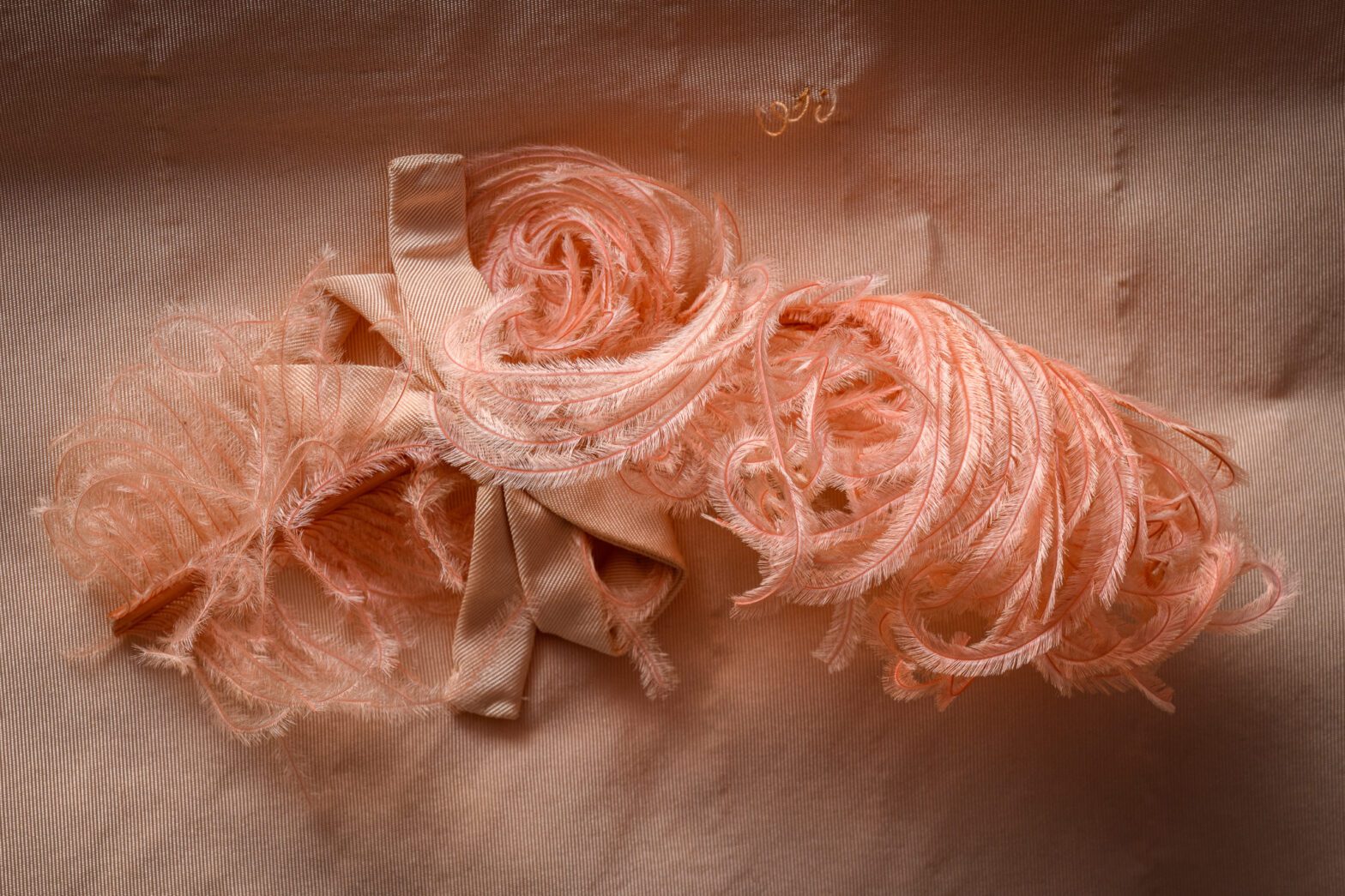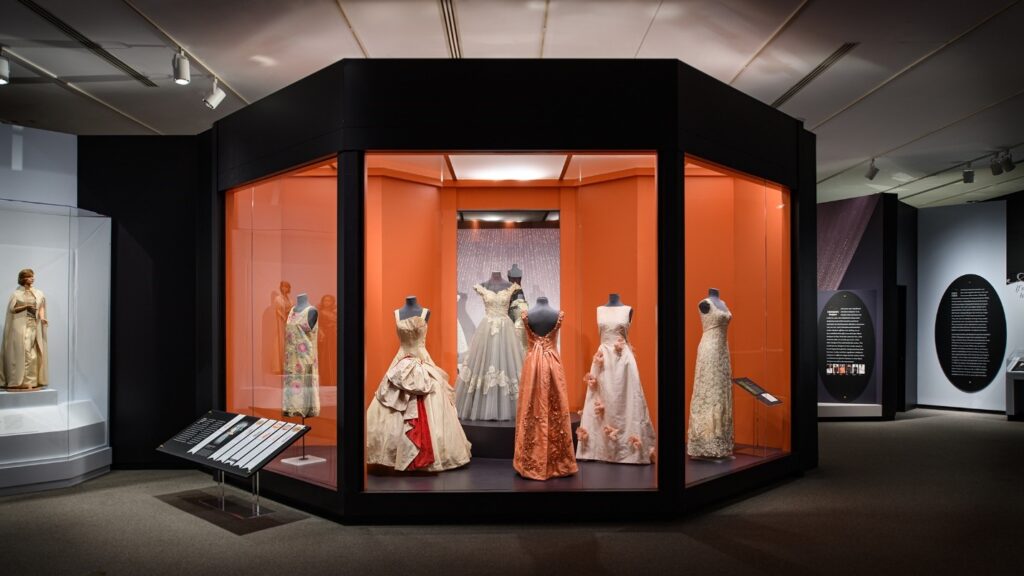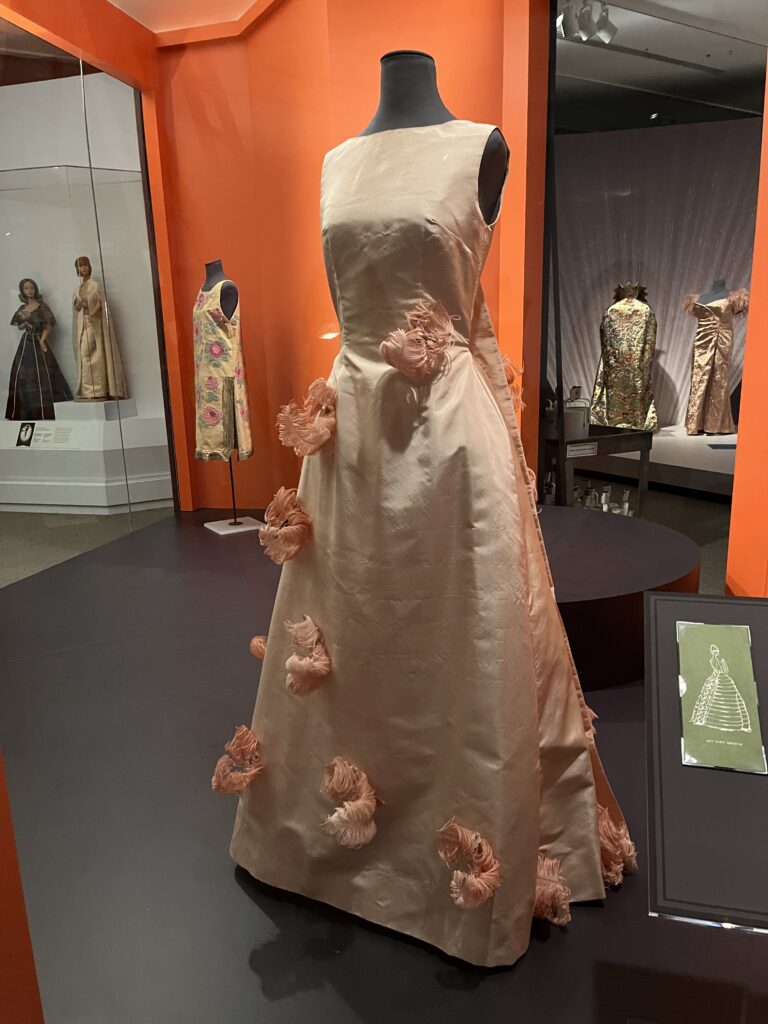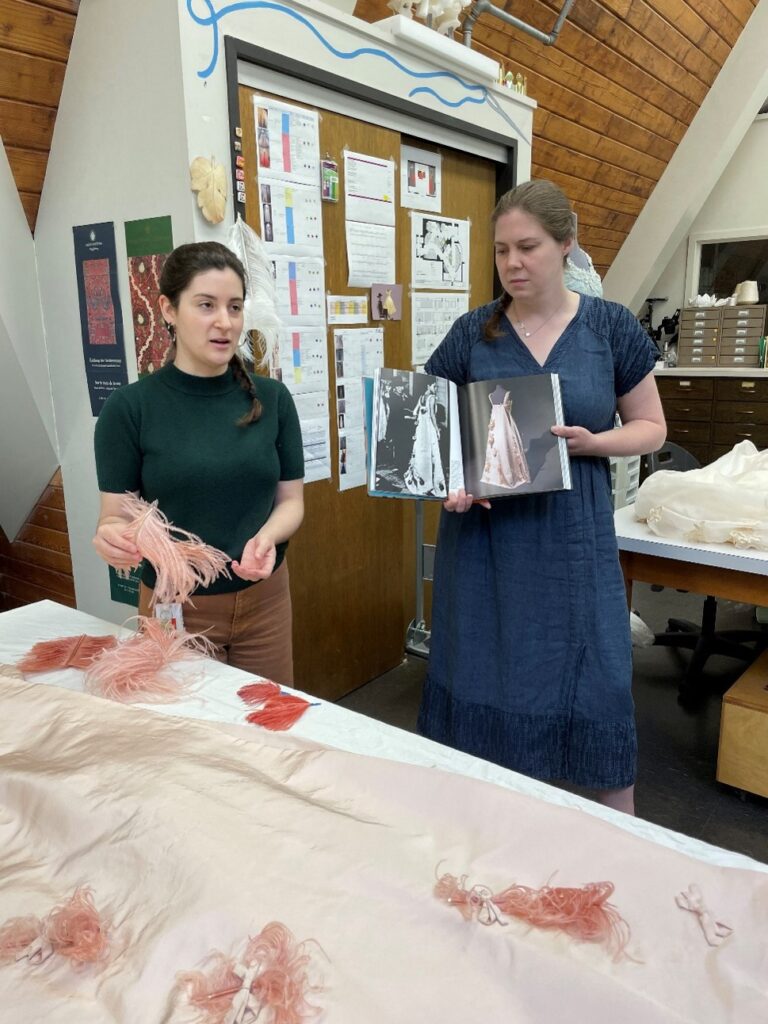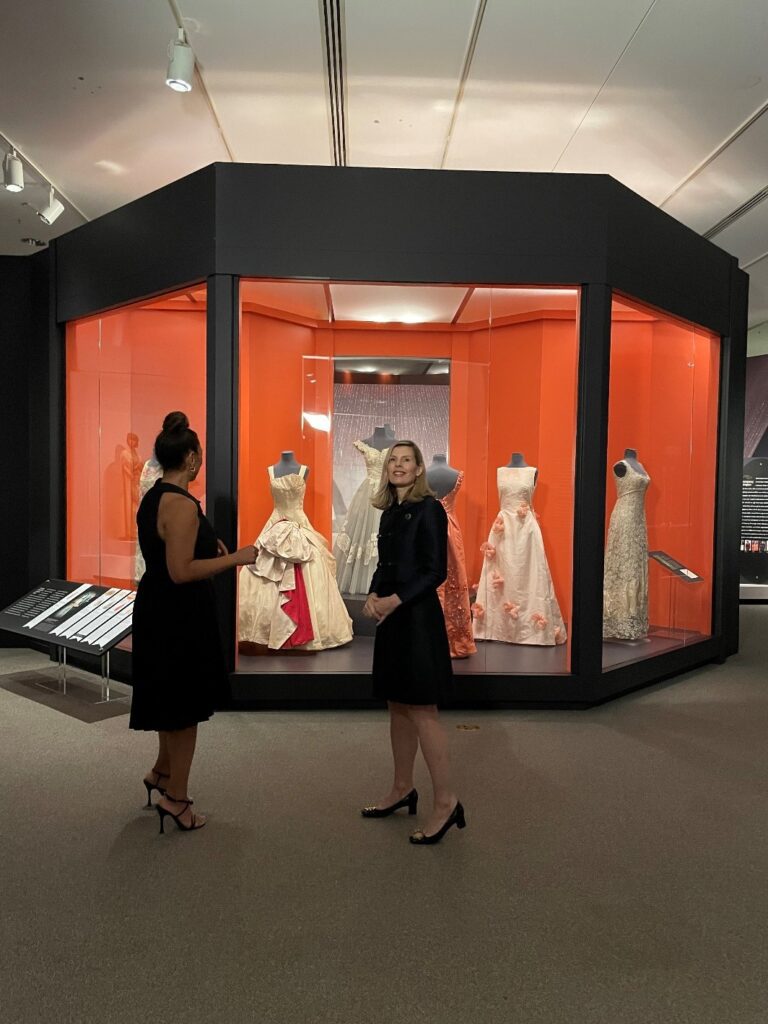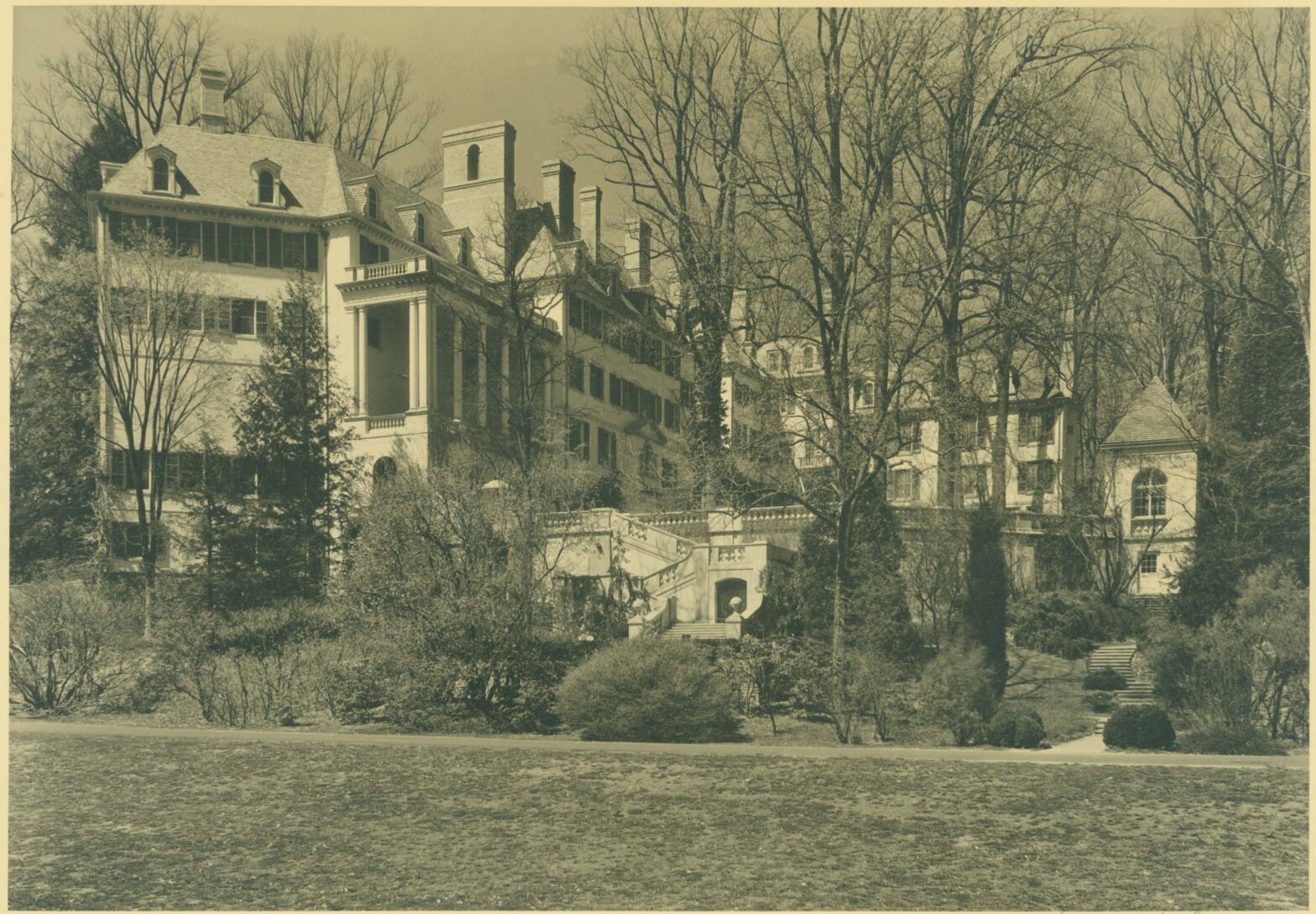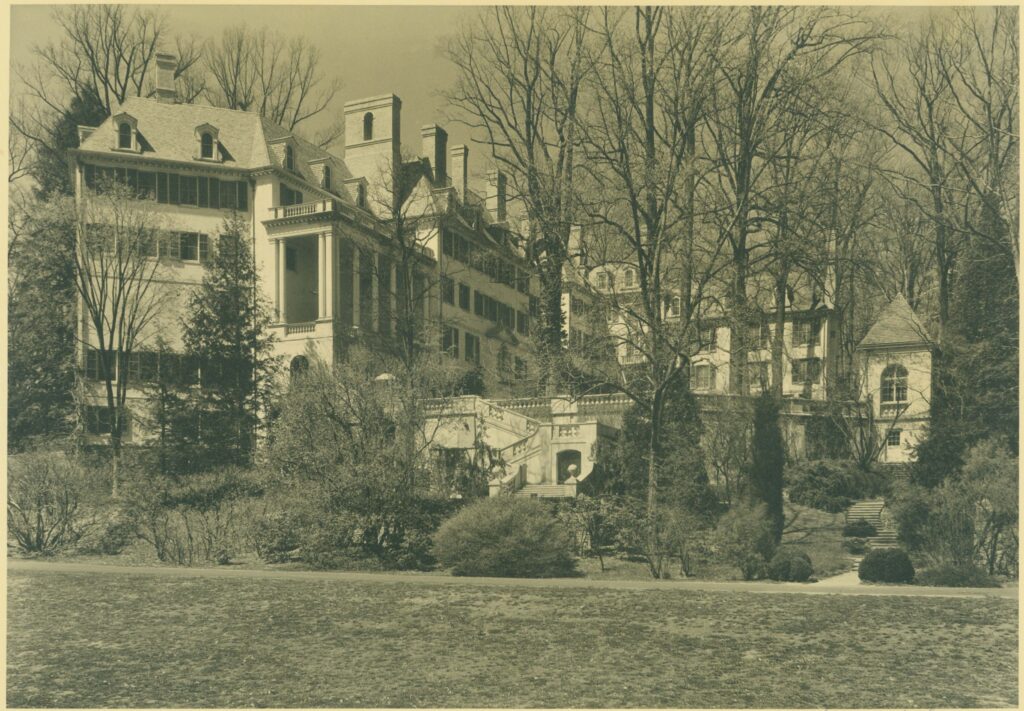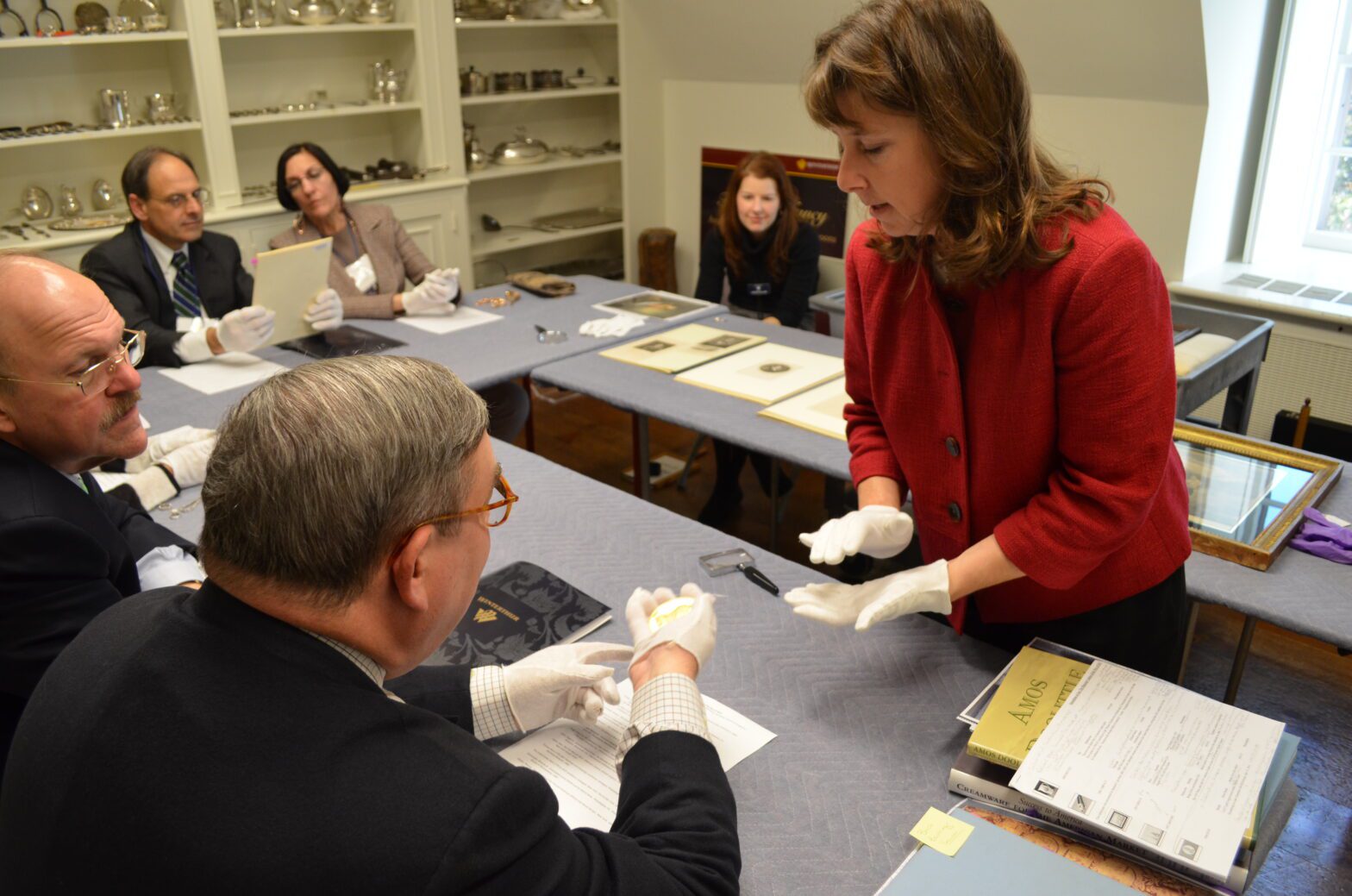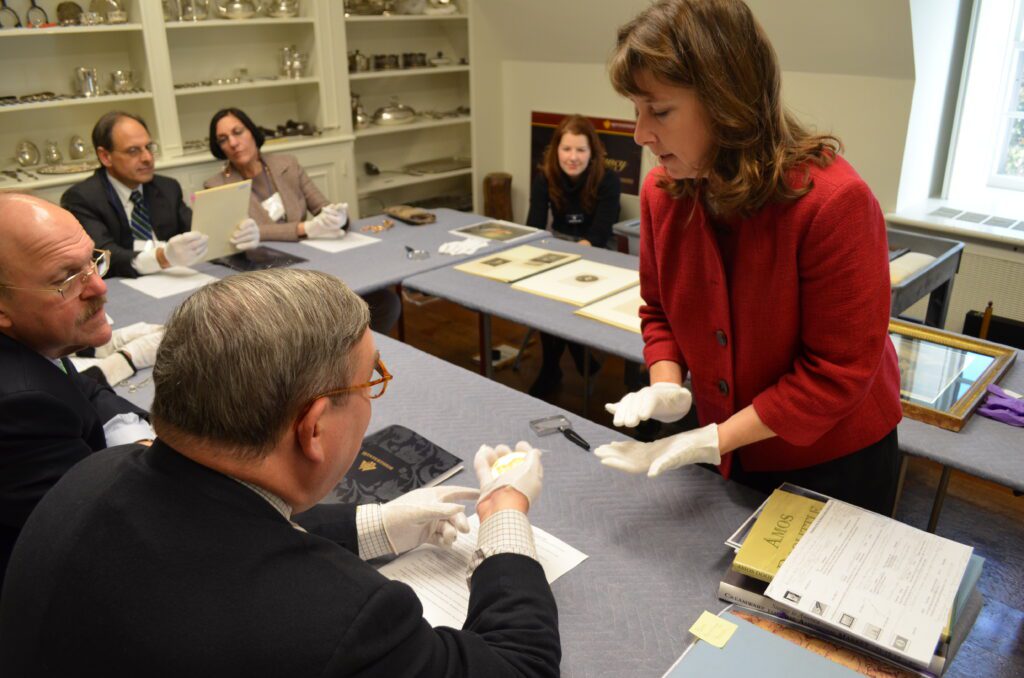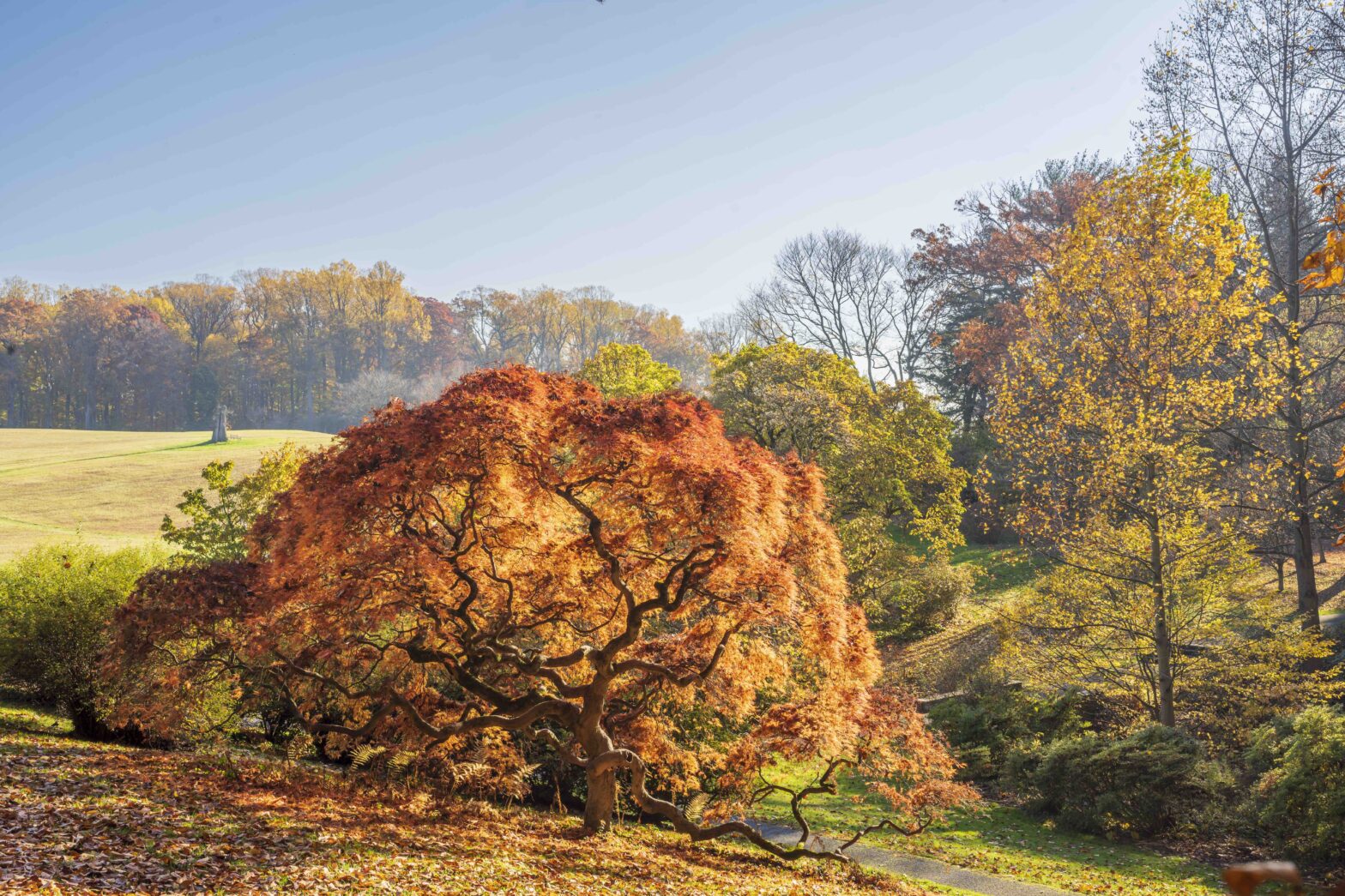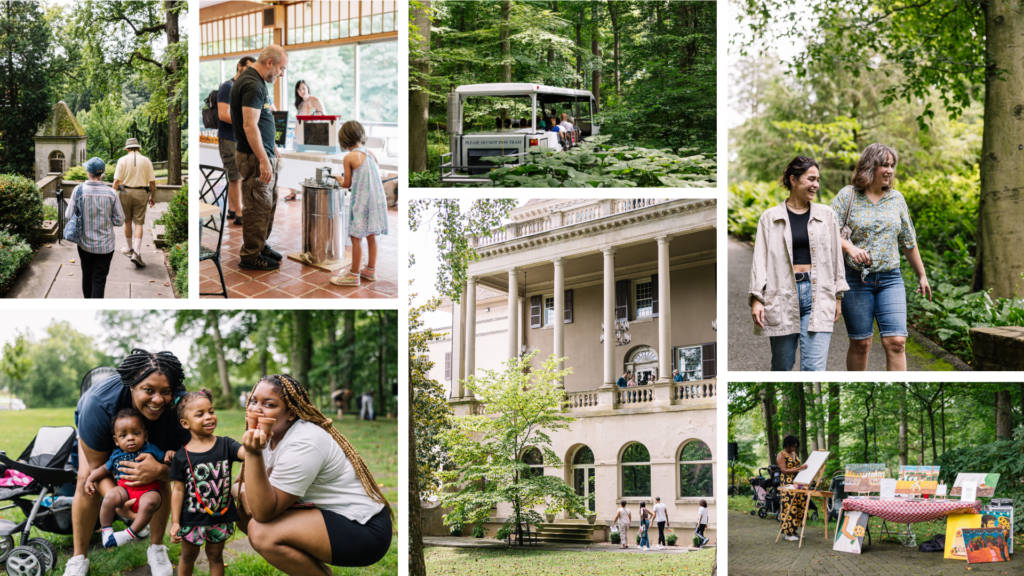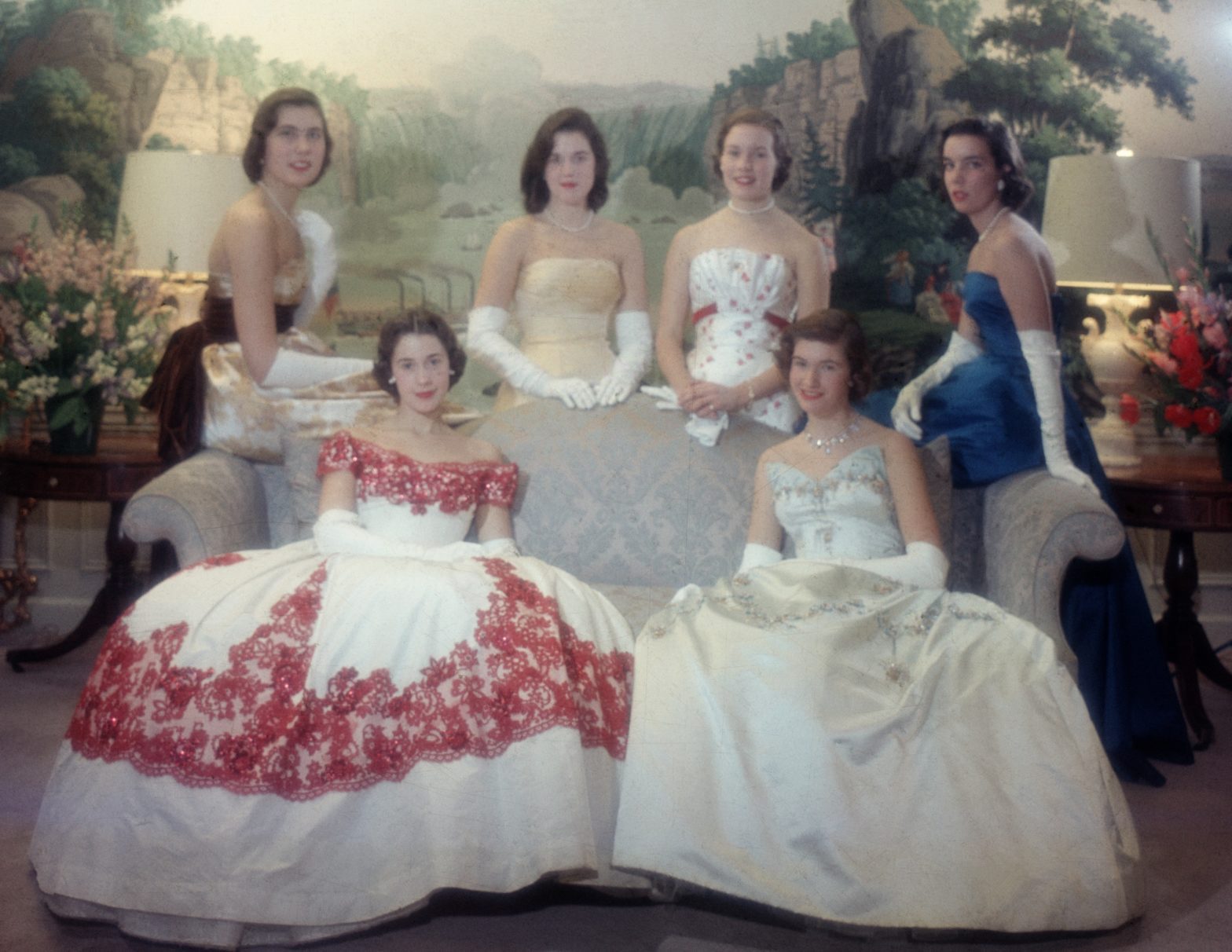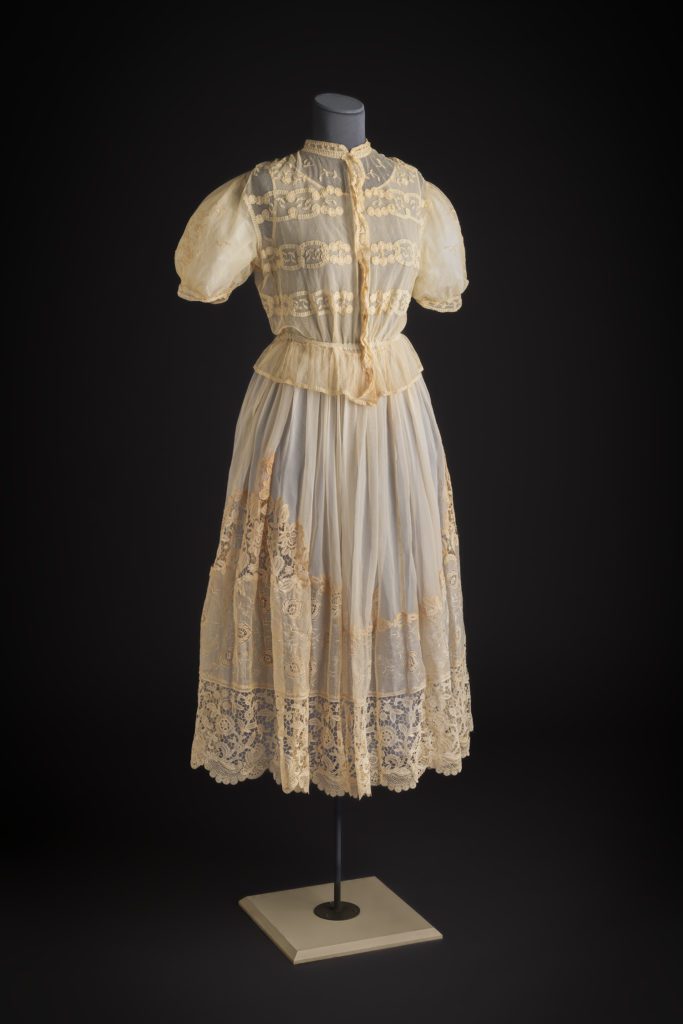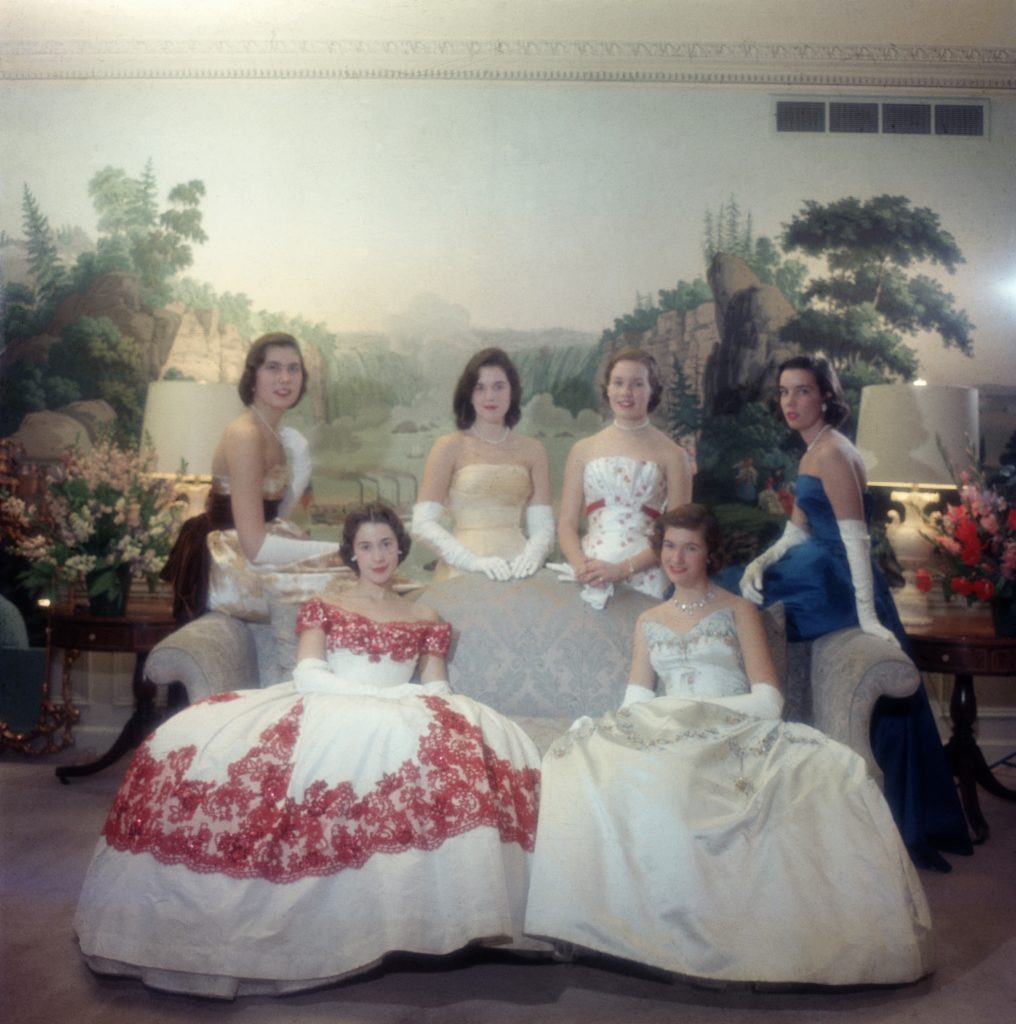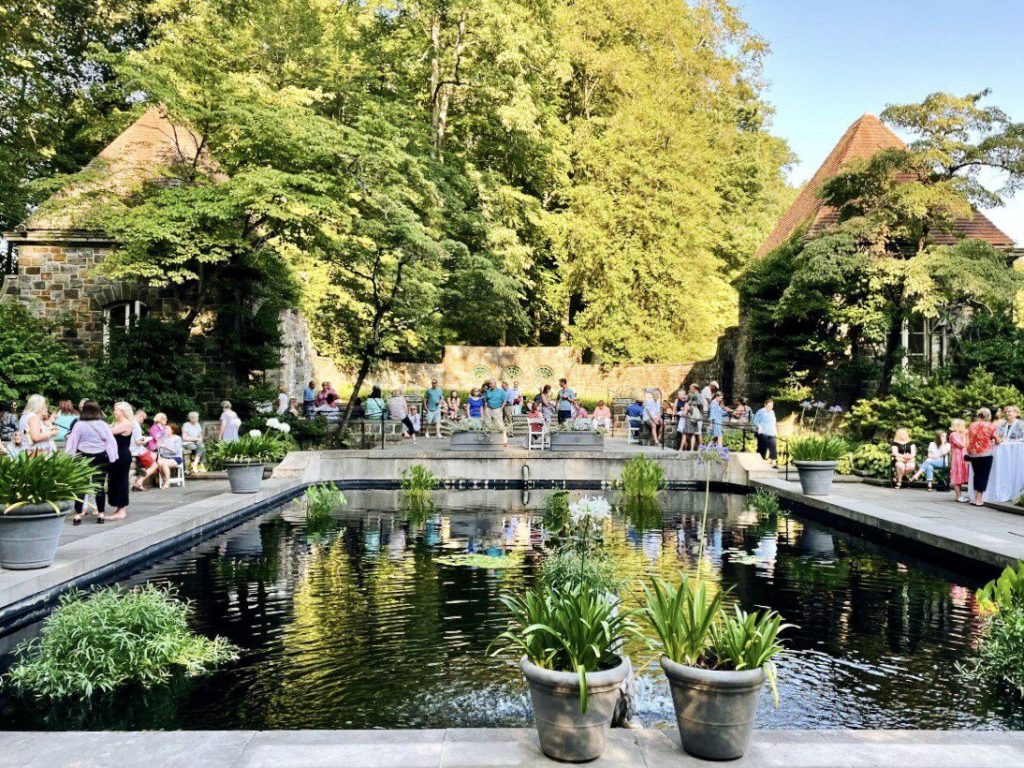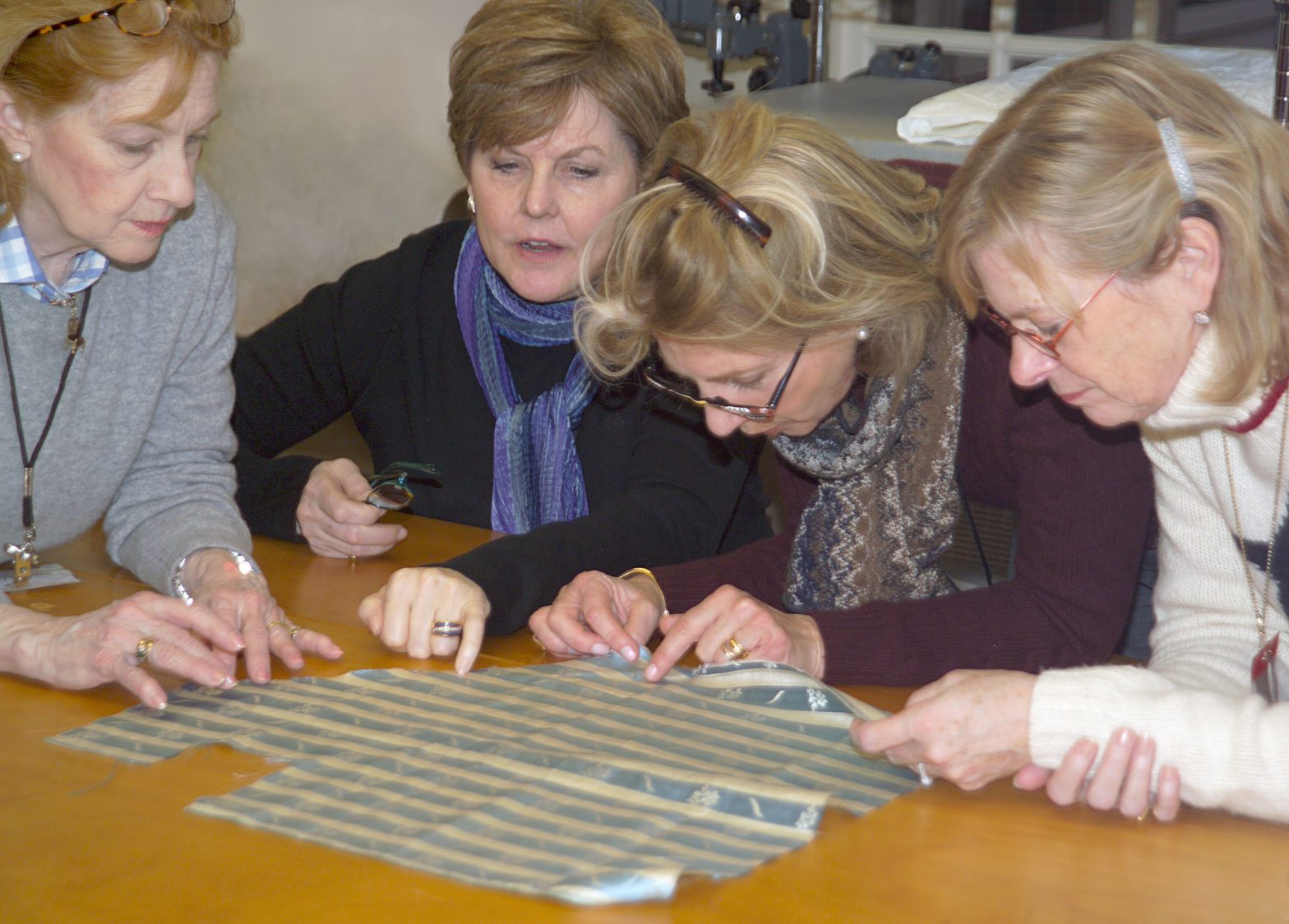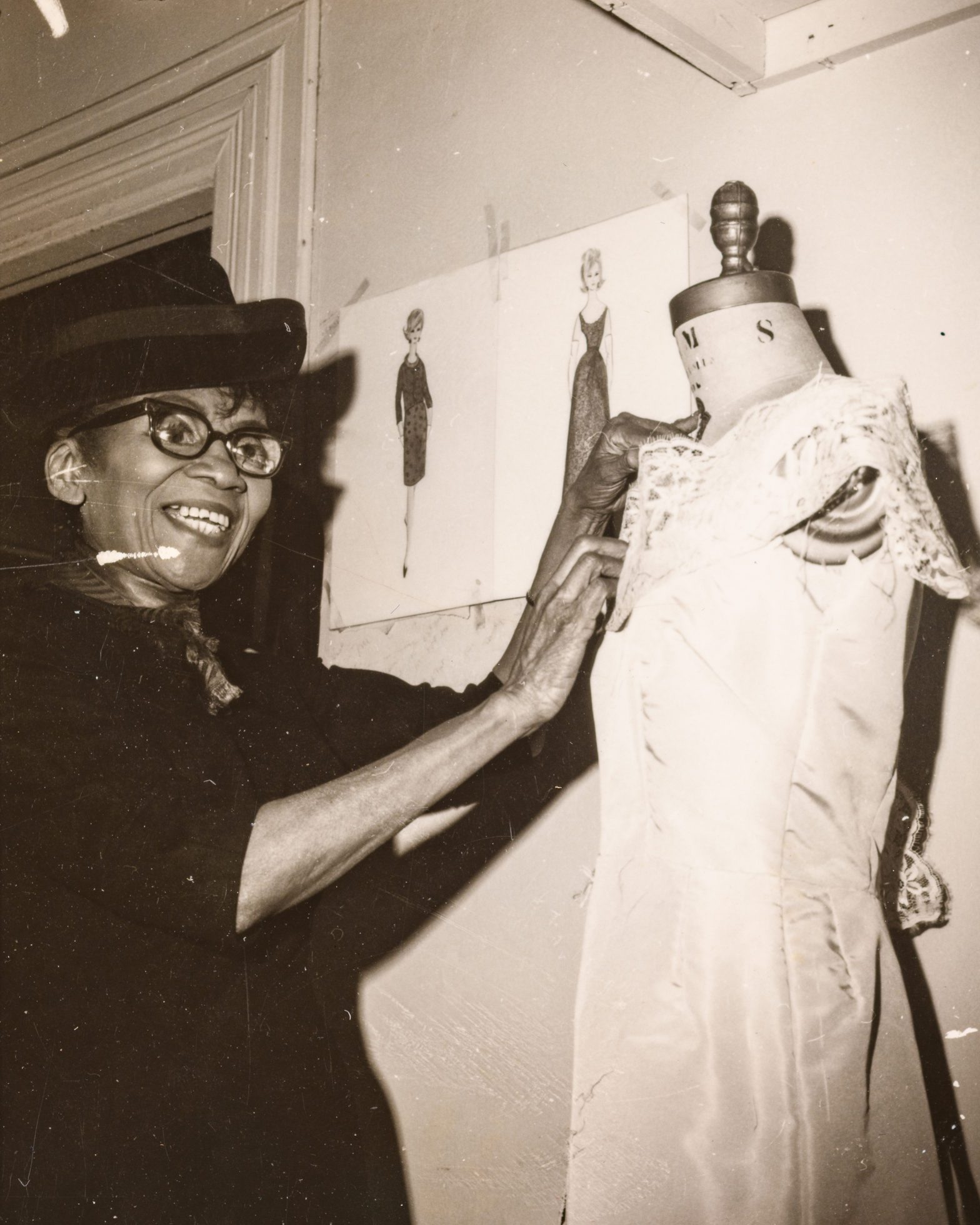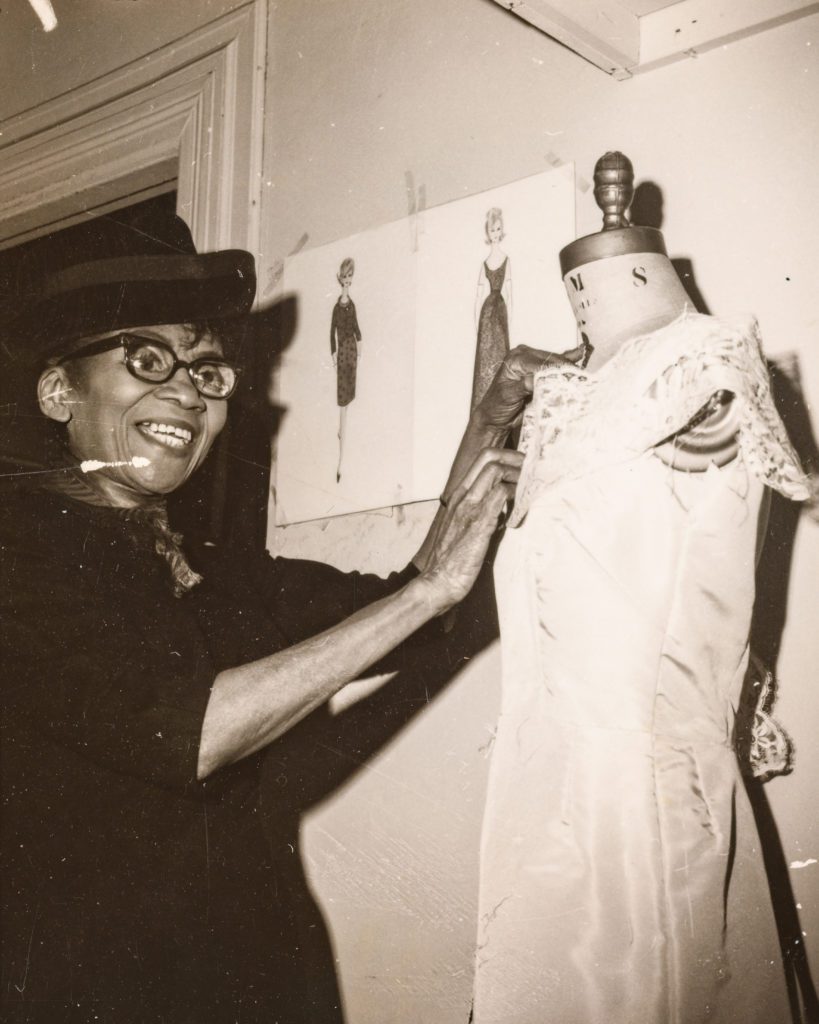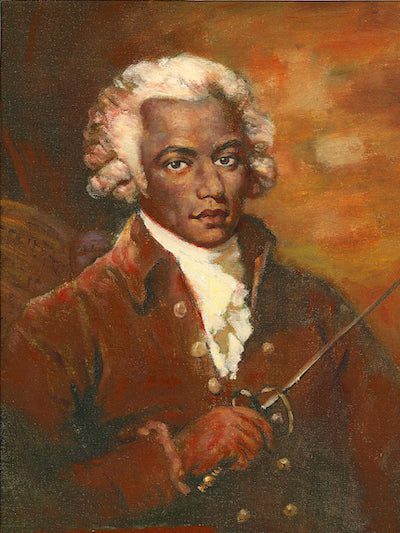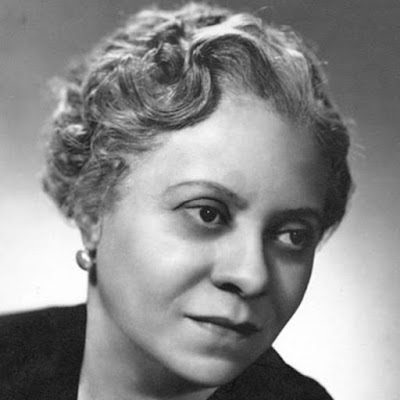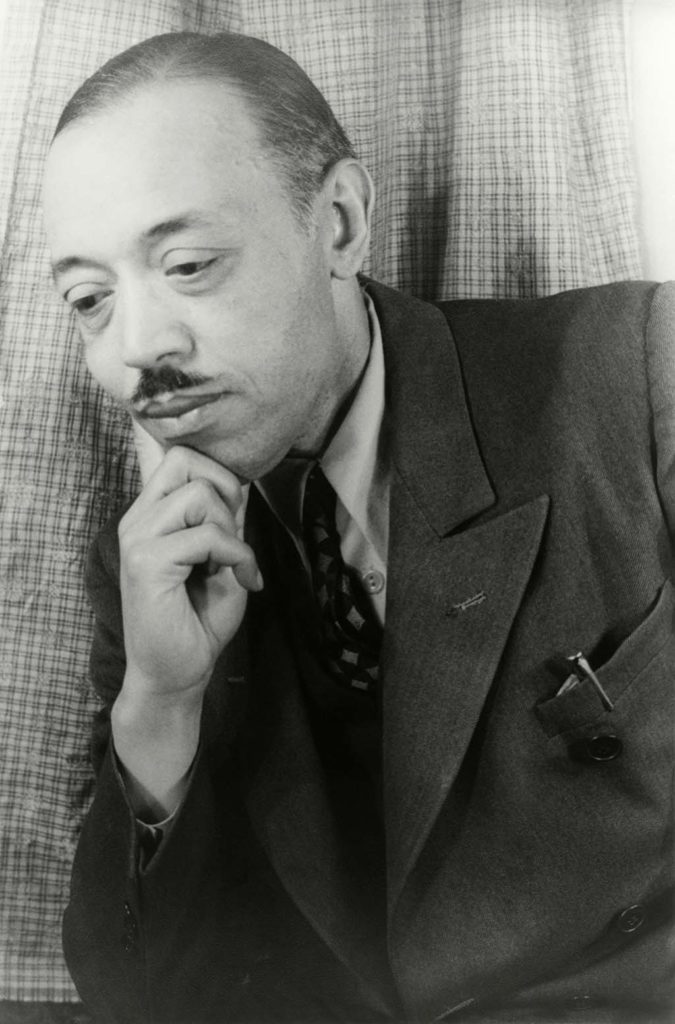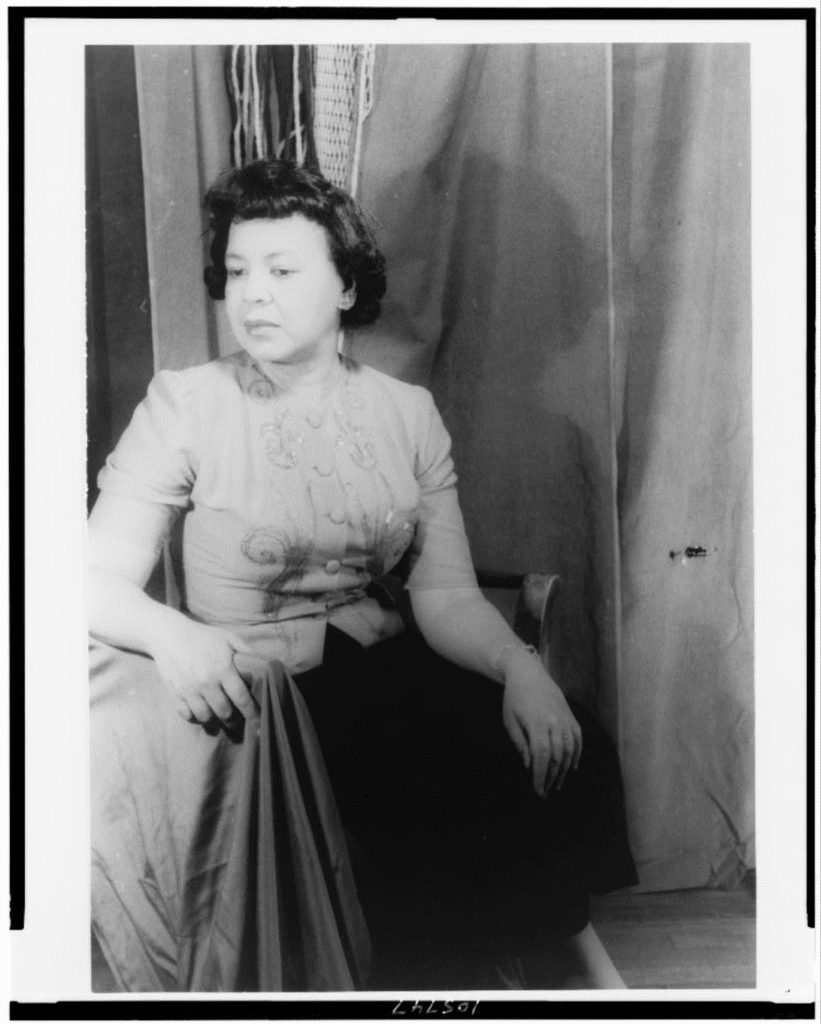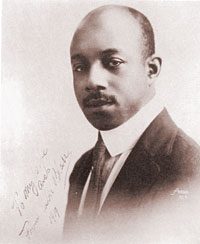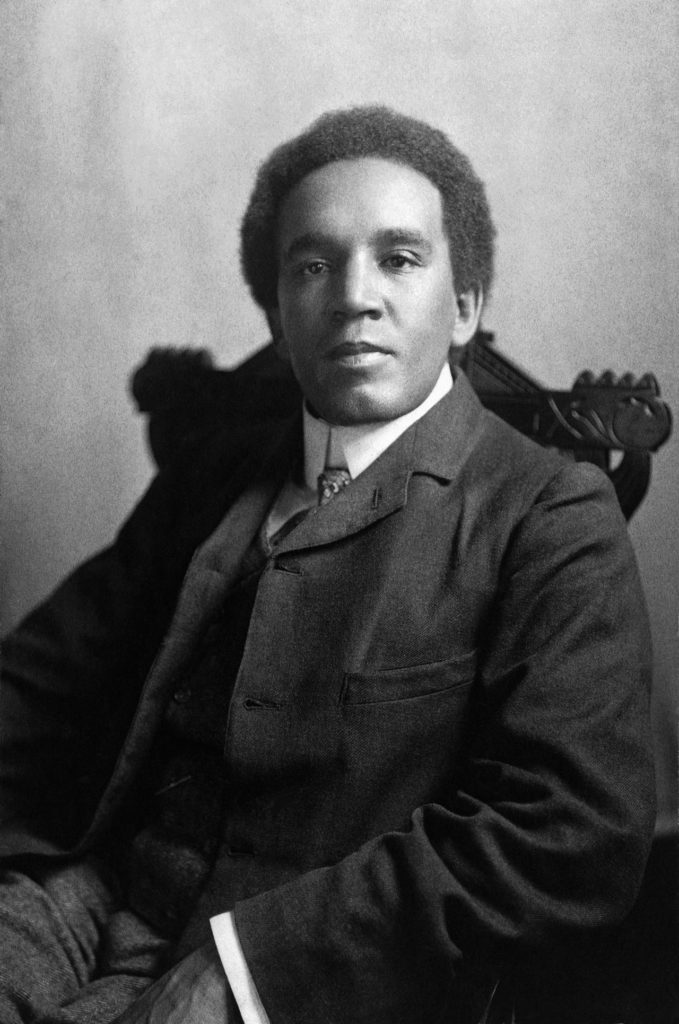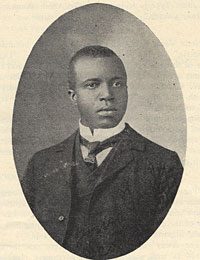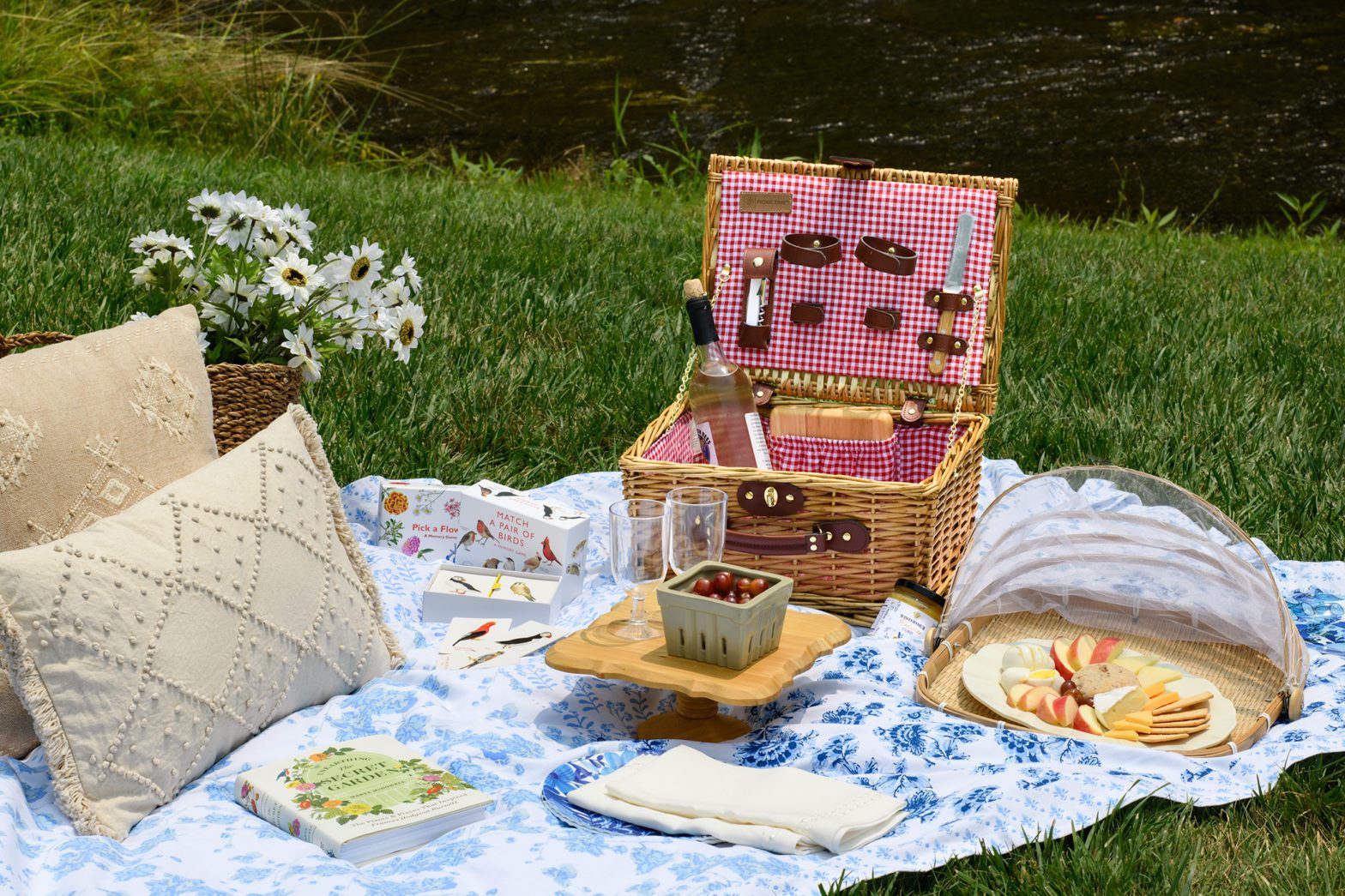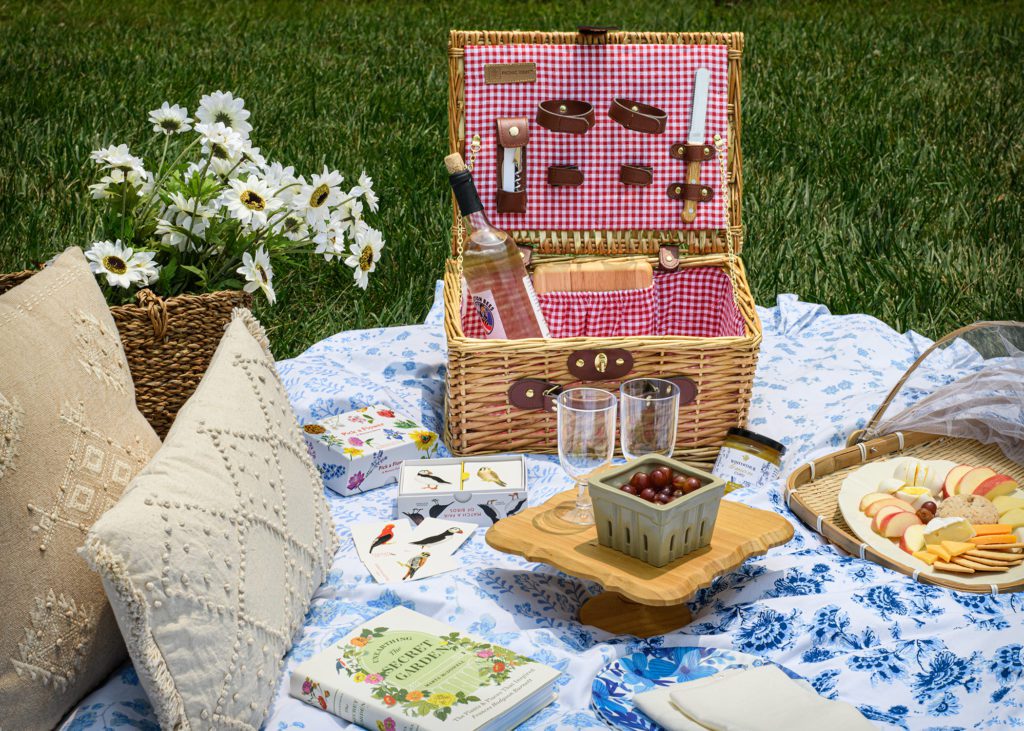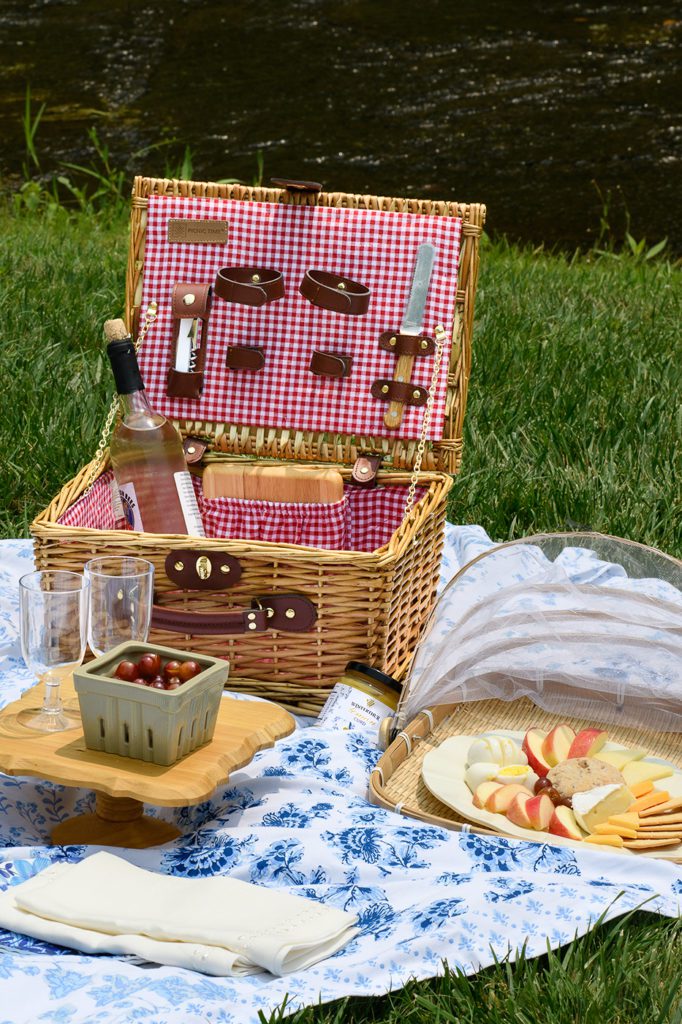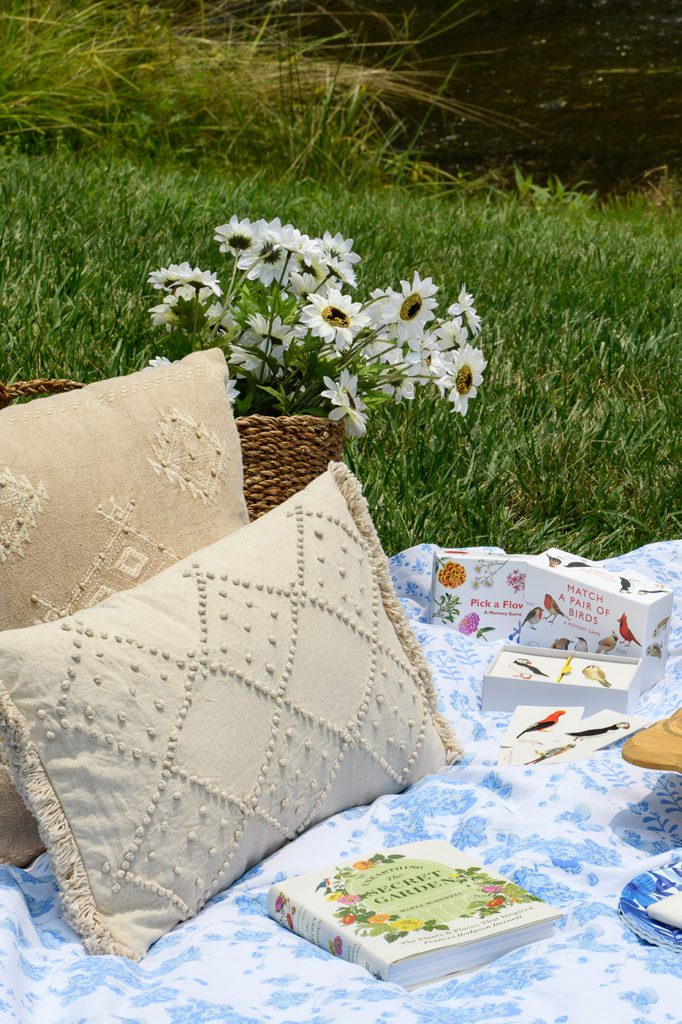Written and Photographed by Eileen Tercha
Winterthur is enchanting in every season…and truly magnificent in autumn.
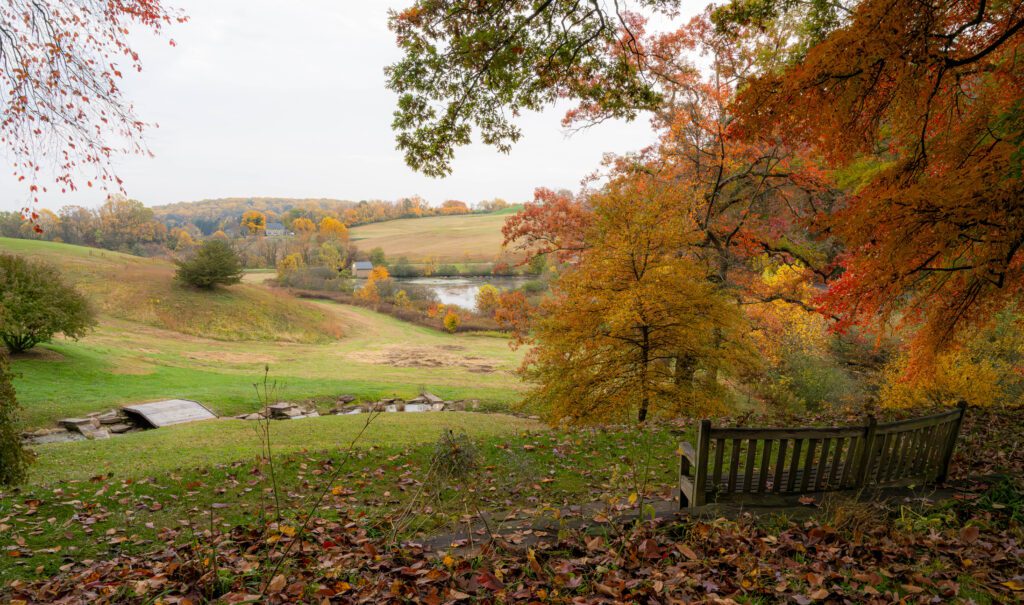
A favorite vista of Henry Francis DuPont … ”keep this view open forever.”
Photographers feel energized to get outside to photograph nature as the weather gets cooler. Whether your creative inspiration comes from grand vistas, a small group of trees, or an intimate macro, Winterthur is a fantastic way to savor the colors and textures of autumn.
“Peak fall color” isn’t just a day or two—autumn is a continuum.
Fall color slowly develops over a month or more, with photographic opportunities all along. Different species and microclimates develop on different schedules, and you can always find something beautiful to photograph. This reduces the urgency to chase “peak” color; there isn’t a definitive “perfect peak” time to visit.
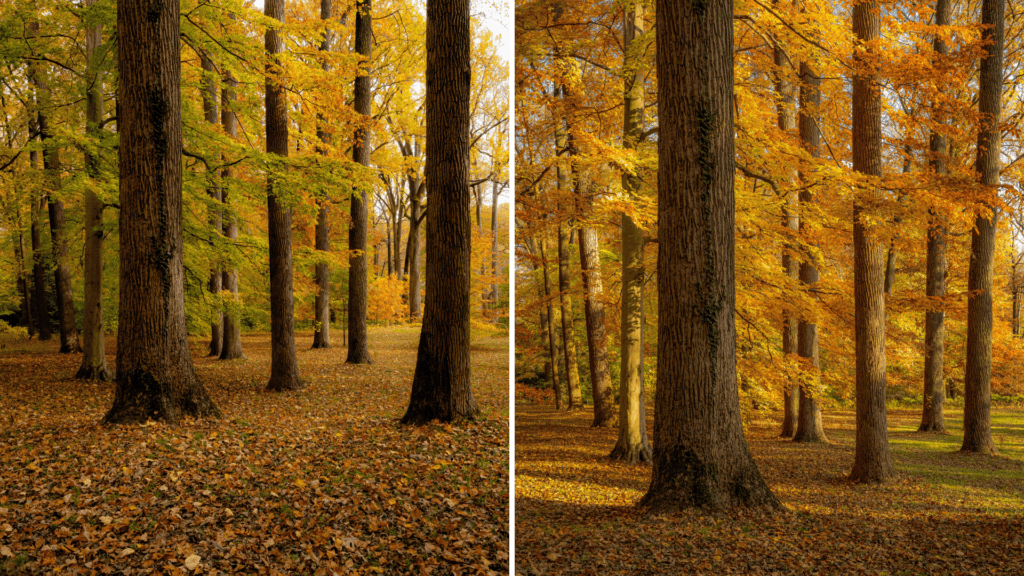
Identical grove of trees photographed six days apart; in less than a week, the mixed greens and golds developed into glowing orange.
Enjoy the subtle beauty of early or late seasonal color. Temperature and precipitation can vary exact timing, but color generally starts in mid October and runs through mid November.
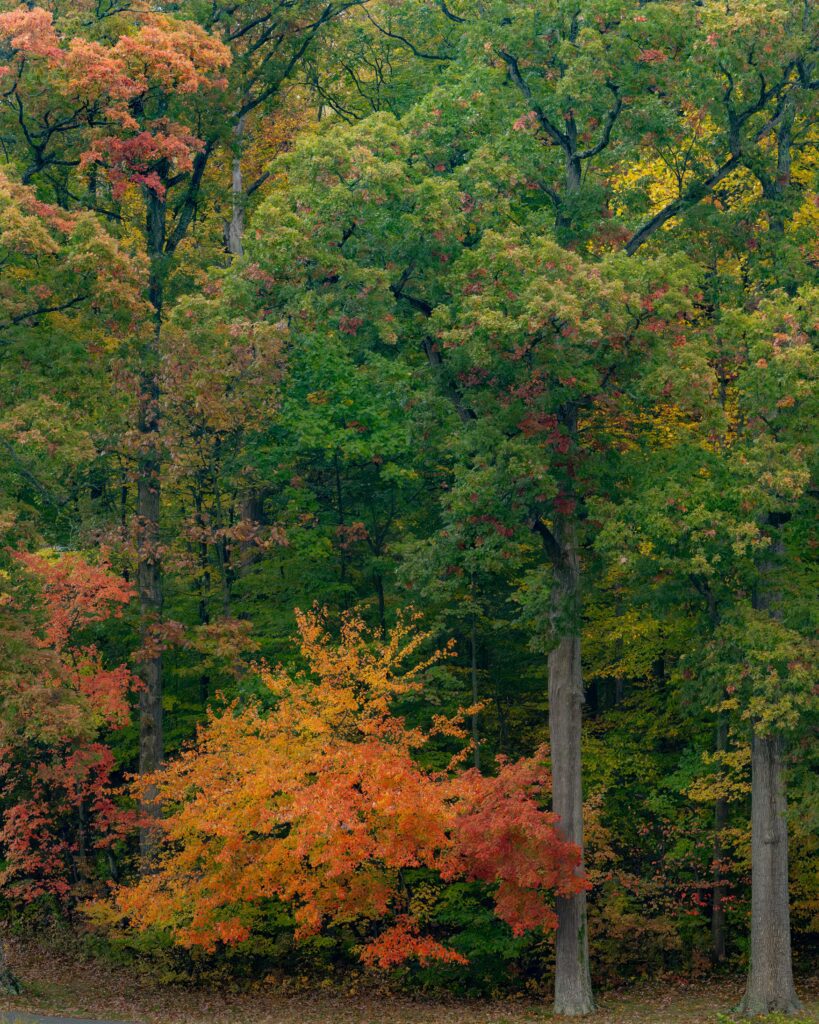
Early autumn brings isolated color on individual trees, and the surrounding green makes the colors pop.
Revisit and photograph your favorite locations as the color develops.
There can be significant color transition in just a few weeks. Once cooler nighttime temperatures set in, color develops rapidly.
These three images were photographed approximately five days apart and exhibit dramatic color development. Notice that by the time the Japanese Threadleaf Maple was fully orange, surrounding trees were showing some leaf drop. So, would you call the second image “peak” color? Or the third image?
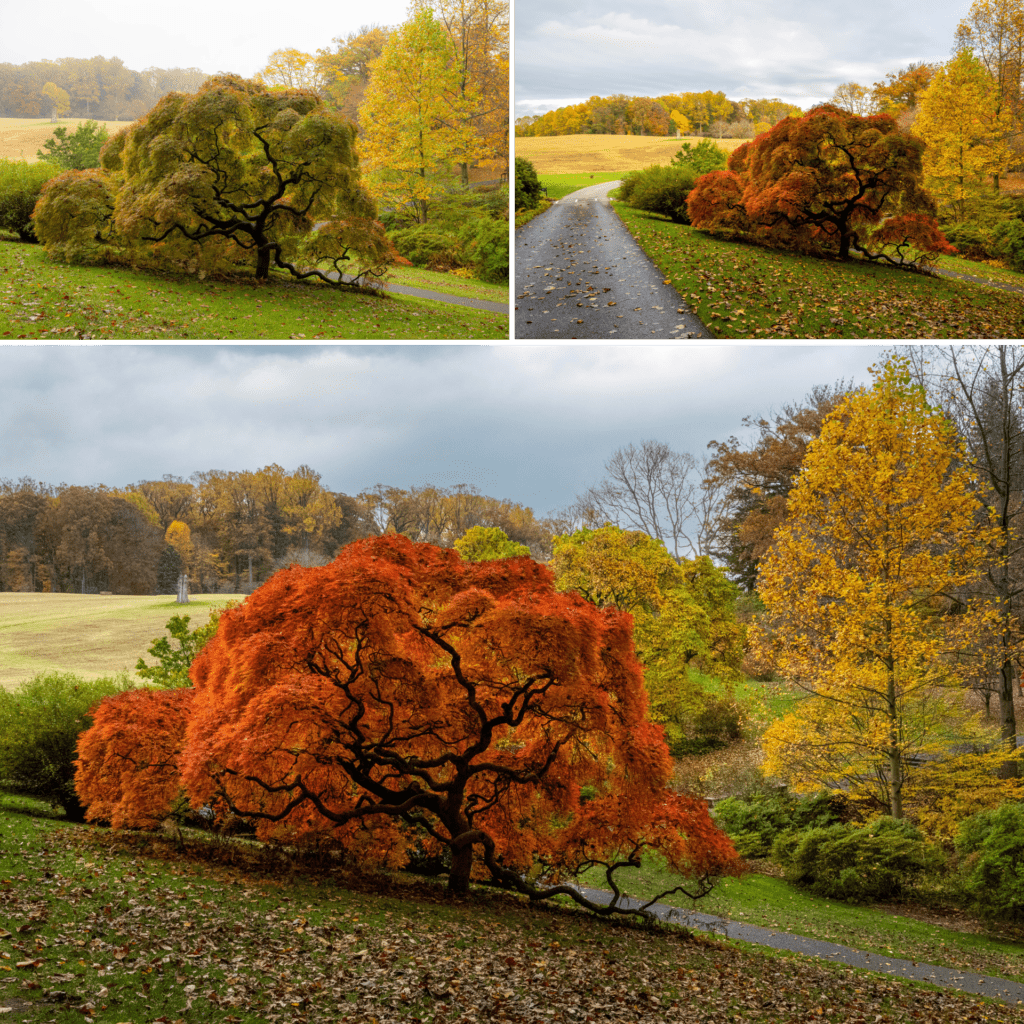
There isn’t a single “most favorable weather or time of day” to visit.
Go beyond the classically pretty days of blue skies and puffy clouds.
- Golden Hour gives warm soft light for approximately an hour at either end of the day; autumn leaves are beautiful when lit by low angle light.
- Overcast skies are not particularly attractive but the diffused light is wonderful for photography. Eliminate white skies from your composition and fill the frame with your subject. Or shoot macros.
- Stormy, dark-gray skies give fantastic contrast with autumn leaves.
- Rain adds great texture to macro photography. Rain can add interest to a landscape shot; use a fast shutter speed to freeze the motion of falling raindrops.
- Fog is wonderfully moody and can add to the perception of landscape depth.
Emotional connection is important.
Engage with the landscape and come away with something meaningful and authentic.
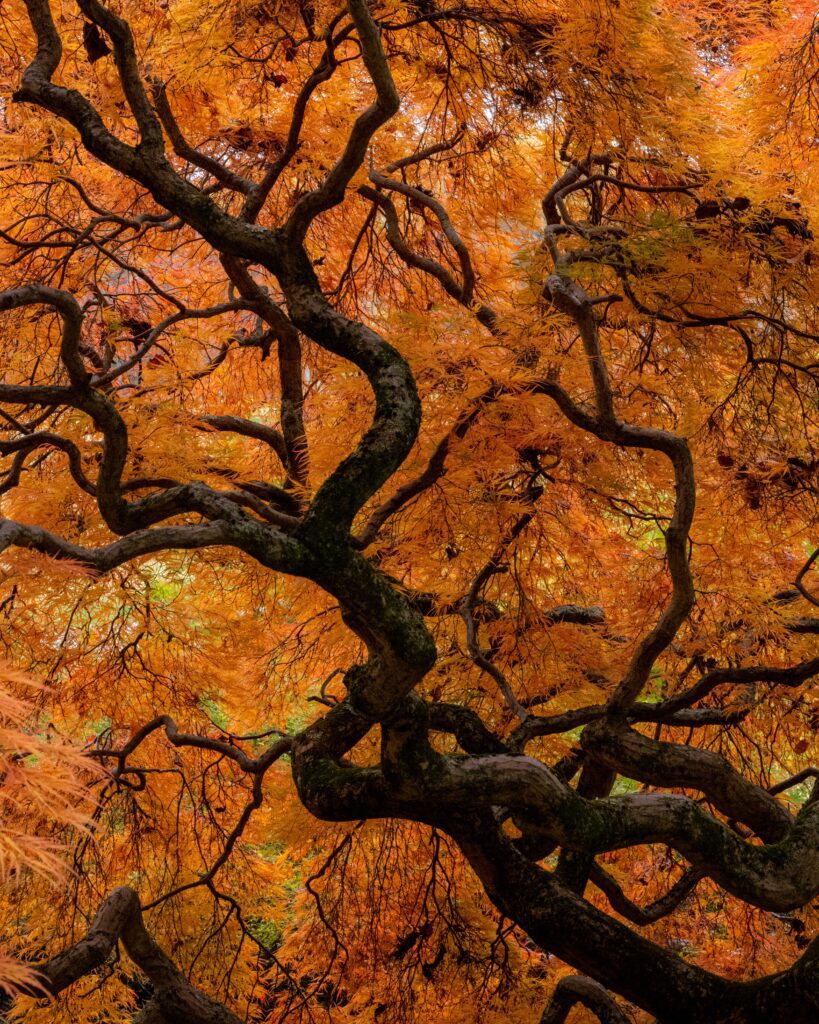
Photographed while lying on the ground and looking up into the canopy of the Japanese Maple.
Photography is about the experience as much as the result.
Be open to serendipity and enjoy the creative experience of being outdoors.
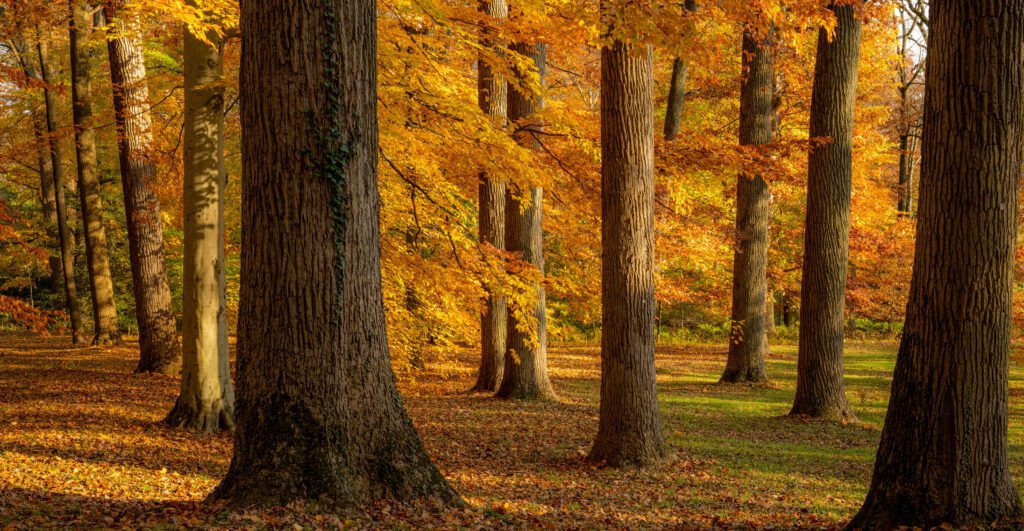
Autumn is a perfect time to become a Member.
Membership provides garden access from dawn to dusk, a valuable benefit for photographers.
As autumn settles in, we invite you to explore the grounds, take photographs, and tag us at @WinterthurMuse.
Eileen Tercha is a Winterthur Volunteer Photographer and nature photographer based in Chester County, PA. View more of Eileen’s work @EileenTercha on Instagram.
